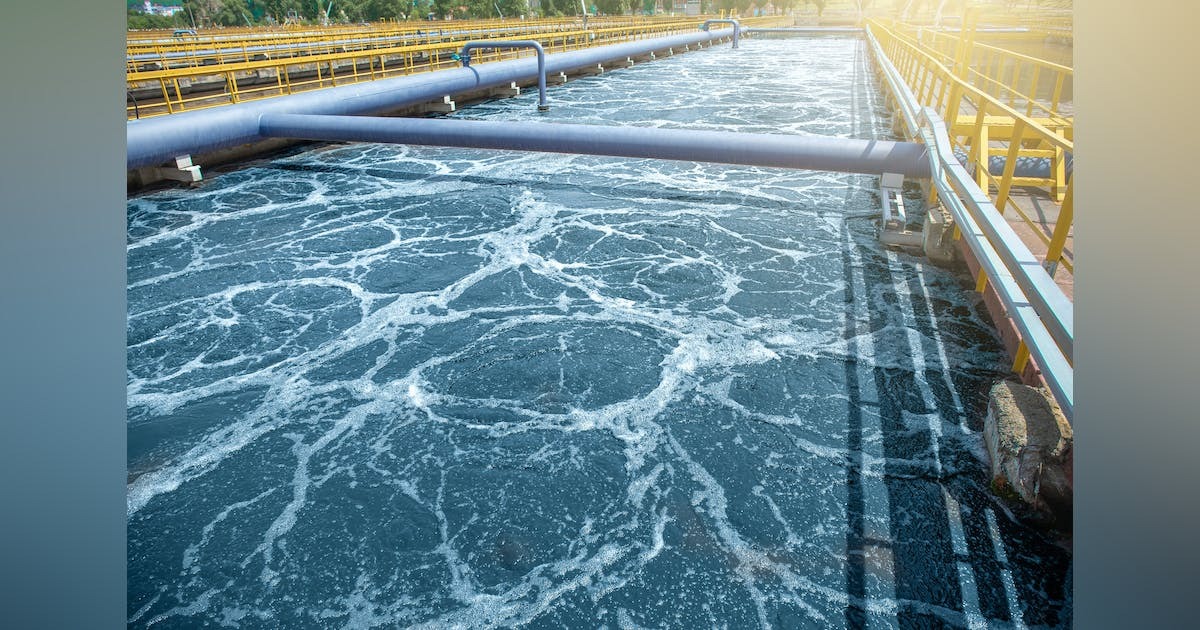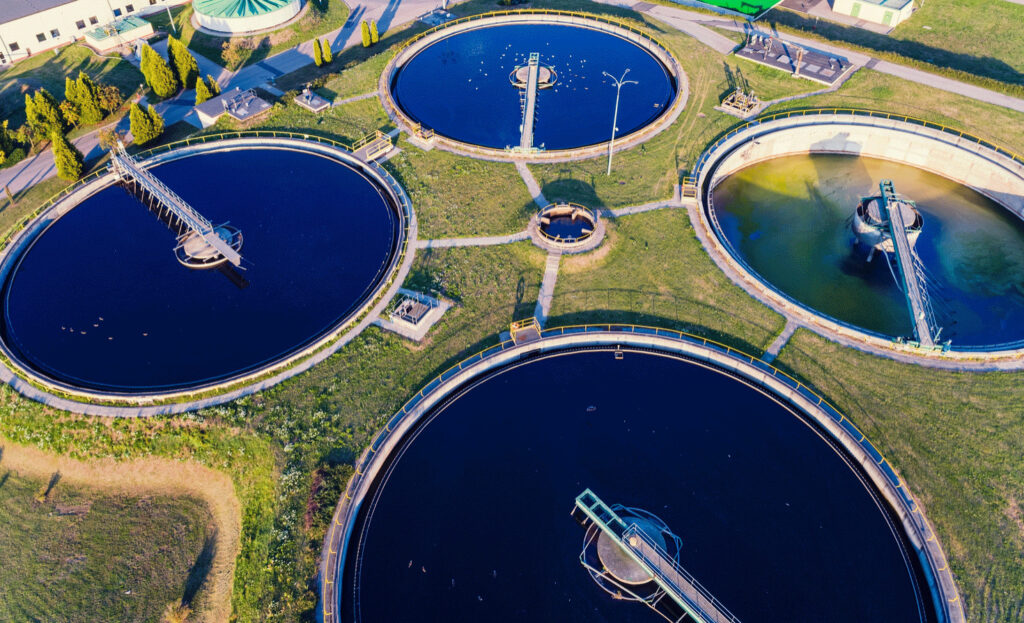
Wastewater Treatment For Resource Recovery
In addition to making the home and industrial wastewater acceptable for reuse or discharge into the environment, pollutants must be removed. Wastewater treatment’s primary objective is to protect the environment and the health of the public, even though one of the secondary objectives is to recover valuable resources from the wastewater stream.
The extraction of nutrients like phosphorus and nitrogen through wastewater treatment service processes could be used as fertilizers for various industrial uses. In addition, wastewater treatment could generate biogas, which can be used as a renewable energy source.
Table of Contents
What is Wastewater Treatment Resource Recovery?
The procedure of cleaning wastewater of toxins and pollutants, followed by recovering valuable resources from cleaned wastewater, is referred to as wastewater treatment and resource recovery. This may entail nutrition, energy, and other valuable material extraction from the effluent.

The procedure normally includes many phases, such as primary treatment to get rid of large solids and grit, secondary treatment to get rid of nutrients, and tertiary treatment to get rid of any leftover contaminants and sterilize the water. Following treatment, vast resources can be extracted using a variety of resource recovery procedures.
Steps For Wastewater Treatment Resource Recovery
Here are some of the steps mentioned below regarding wastewater treatment resource recovery:-
- Anaerobic digestion
Anaerobic digestion is a procedure which converts organic material and wastewater into biogas and sludge that is rich in nutrients. Sludge can be utilized as fertilizer or a source of nutrients for agricultural applications, and biogas could be used as a renewable energy source. To save money or lessen the impact of sludge disposal on the environment, anaerobic digestion could also assist in reducing the amount of sludge which requires disposal. Anaerobic digestion also needs a lot of room and can pollute the surrounding areas with odors and other air pollutants. water treatment may be utilized to recover water for reuse and energy and nutrient recovery. This is especially crucial in areas where a serious problem with water scarcity exists.
- Reverse osmosis
Reverse osmosis or advanced oxidation are two examples of sophisticated treatment techniques that can create high-quality water for various uses, including irrigation, industrial activities, and drinking water.
- Membrane filtration
Membrane filtration is a technique for removing impurities from wastewater by filtering them through membranes. Membrane filtering can concentrate important compounds like nutrients or metals or recover clean water for reuse. Pharmaceuticals, as well as microplastics, can be removed from wastewater using membrane filtering as well. But, membrane filtration can be expensive, and membrane fouling can be a major problem which necessitates continuous upkeep.

- Chemical precipitation
Chemical precipitation is a technique used to remove valuable metals like phosphorus and nitrogen or metals like copper, zinc, or nickel from wastewater. Chemical precipitation can also remove fluoride, sulfate, and heavy metals from wastewater. Chemical precipitation can be expensive, though, and the chemicals utilized can harm the environment or human health.
- Circular Economy
In a circular economy, waste is reduced, resource value is increased, and resources are utilized as long as possible. A circular economy wastewater treatment method entails collecting valuable resources from wastewater and recycling them in similar or unrelated processes. Yet, establishing a circular economy strategy for wastewater treatment necessitates a substantial shift within infrastructure or thinking. Resource recovery must be considered during the design and operation of wastewater treatment plants, and there must be a market for collected resources. The regulatory framework must also support the development of a circular economy strategy, including creating criteria for the grade of recovered resources and incentives for resource recovery.
Overall, wastewater treatment for resource recovery is an intriguing and promising topic with the potential to support environmental protection and sustainable resource management.
Conclusion
Among the many benefits of wastewater treatment services are their ability to reduce environmental pollution, produce valuable resources, and promote sustainability methods. We can ease the demand for freshwater resources and preserve aquatic habitats by treating and reusing wastewater.
Recycling nutrients like nitrogen and phosphorus and energy sources like biogas are examples of resource recovery from wastewater. These recovered materials can be employed in various ways, including manufacturing renewable energy sources, industrial operations, and agricultural fertilizer.
In general, wastewater treatment service combined with resource recovery has the potential to offer long-term answers to problems regarding water and resource management. As a result, it is a field that merits ongoing study, creation, and usage. I hope you’ve all the necessary information regarding wastewater treatment for resource recovery. For more details, you must read the information thoroughly.








